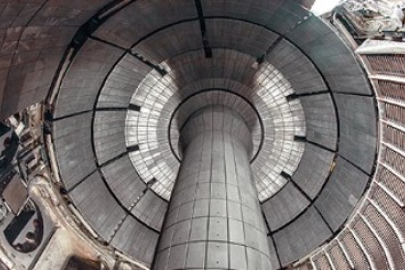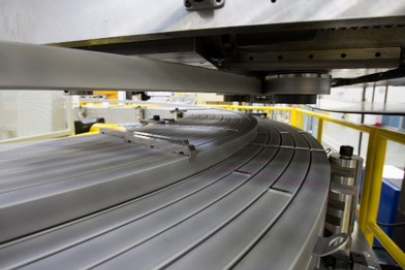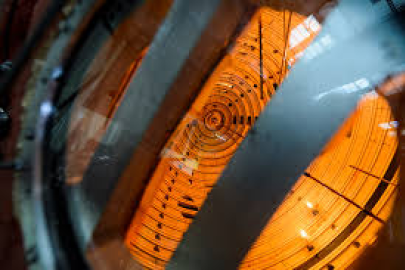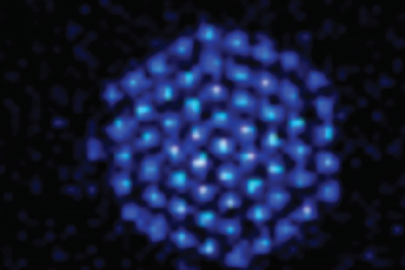The Fusion Energy Sciences (FES) program has two goals: (1) expand the understanding of matter at very high temperatures and densities, and (2) build the knowledge needed to develop a fusion energy source. Providing energy from fusion is one of the 14 Grand Challenges for Engineering in the 21st Century and FES is the largest federal government supporter of research that is addressing the remaining obstacles to overcoming this challenge.
Plasmas are very hot gases, so hot that electrons have been freed from atomic nuclei, forming a collection of ions and electrons that can be controlled by electric and magnetic fields. The known universe consists of over 99% plasma, which form stars such as the sun. Scientist study plasmas in space, like star explosions, to better understand plasma physics. Scientist also study plasmas that occur on Earth, like lightning. There are also plasmas that are manufactured and are seen everywhere, like light bulbs and a store’s neon sign. There are plasmas that have practical applications, such as advanced medical and sanitation procedures. However, there are challenges in creating and sustaining plasmas on Earth.
The sun produces light and energy that everyone can see and feel. It does this by a process called fusion. Fusion occurs in a plasma where two nuclei are combined to form a new atom. This occurs many times in the sun generating an enormous amount of energy. Scientist now want to recreate the process here on Earth and collect the energy to make electricity. The promise and potential benefits to humankind from this carbon-free energy source are enormous. Achieving this goal would have far-reaching and significant effects on human civilization and its impact on the planet.
Together with its partner science agencies, FES supports a devoted workforce that has made impressive progress since the first fusion experiments over sixty years ago. Progress is made each day by scientists and engineers at DOE national laboratories, universities, and in private industry. With public financial support for this fundamental research, fusion scientists are undertaking fundamental tests of fusion energy’s viability using some of the most ambitious energy projects, the most powerful supercomputers, and the fastest networks in the world today.
Video
FES Program Announcements
FES Science Highlights
-
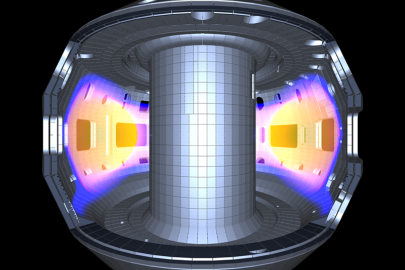 Negative triangularity exhibits high core fusion performance and good power handling, pointing to a compelling approach for future fusion pilot plants.August 21, 2025
Negative triangularity exhibits high core fusion performance and good power handling, pointing to a compelling approach for future fusion pilot plants.August 21, 2025 -
![Kinetic profiles in JET baseline D-T discharge #99948 with time window [49.5-50.0s]. The red line shows predictions by the TGYRO transport code and the blue and green dots show the corresponding experimental data.](https://www.energy.gov/sites/default/files/styles/listing_large/public/2025-08/081925-fes-fusion-device.png?itok=ED-M3B2r) Researchers validate a new workflow for plasma transport models, aiding future fusion device design.August 19, 2025
Researchers validate a new workflow for plasma transport models, aiding future fusion device design.August 19, 2025 -
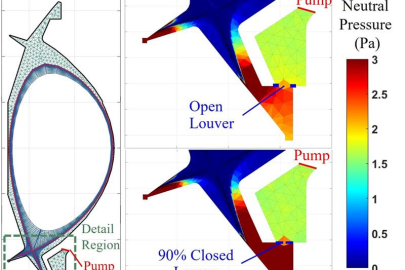 Public researchers partner with a private company to improve simulations key to controlling plasma heat in a fusion energy power plant.January 17, 2025
Public researchers partner with a private company to improve simulations key to controlling plasma heat in a fusion energy power plant.January 17, 2025 -
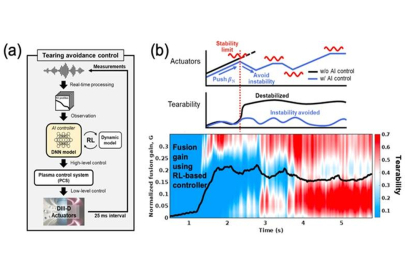 Researchers trained a deep reinforcement learning algorithm to adjust magnetic confinement fields in real time to maintain plasma stability.January 3, 2025
Researchers trained a deep reinforcement learning algorithm to adjust magnetic confinement fields in real time to maintain plasma stability.January 3, 2025 -
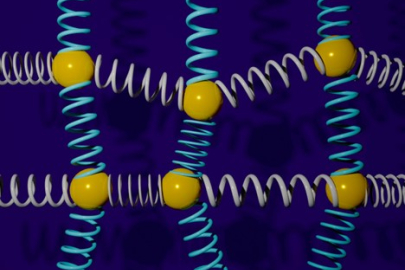 A new quantum algorithm speeds up simulations of coupled oscillators dynamics.December 18, 2024
A new quantum algorithm speeds up simulations of coupled oscillators dynamics.December 18, 2024 -
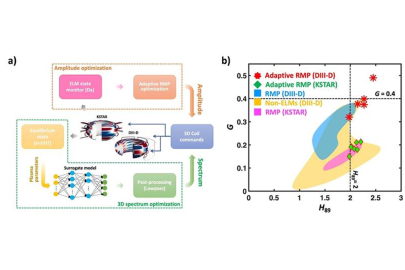 Integrating machine learning with real-time adaptive control produces high-performance plasmas without edge instabilities, a key for future fusion reactors.December 16, 2024
Integrating machine learning with real-time adaptive control produces high-performance plasmas without edge instabilities, a key for future fusion reactors.December 16, 2024 -
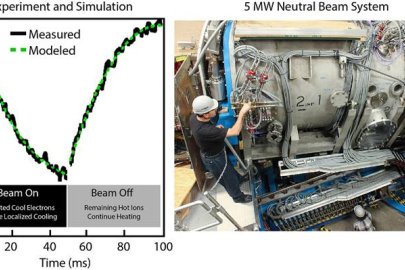 Study finds that neutral beam performance can be experimentally deduced from electron temperature evolution during neutral beam injection.October 23, 2024
Study finds that neutral beam performance can be experimentally deduced from electron temperature evolution during neutral beam injection.October 23, 2024 -
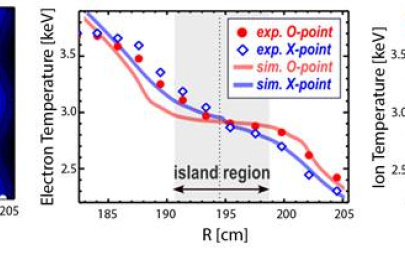 The first measurement of ion temperature in magnetic islands identified a steep gradient, providing insights for improving plasma confinement in tokamaks.October 15, 2024
The first measurement of ion temperature in magnetic islands identified a steep gradient, providing insights for improving plasma confinement in tokamaks.October 15, 2024 -
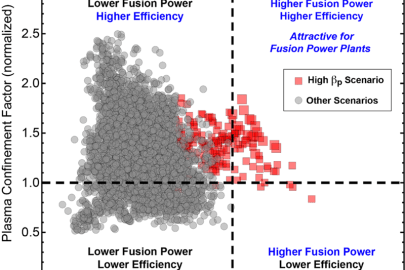 By achieving very high density and confinement quality at the same time, researchers make new strides toward fusion energy.July 31, 2024
By achieving very high density and confinement quality at the same time, researchers make new strides toward fusion energy.July 31, 2024 -
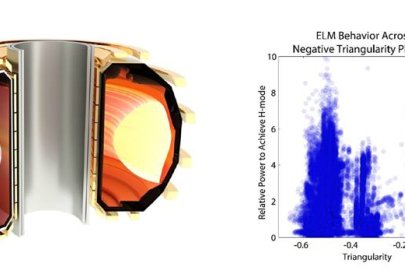 Plasmas with negative triangularity show reduced gradients that develop into instabilities, including under conditions relevant to fusion power plants.March 11, 2024
Plasmas with negative triangularity show reduced gradients that develop into instabilities, including under conditions relevant to fusion power plants.March 11, 2024
FES Subprograms
FES Research Resources
Contact Information
Fusion Energy Sciences
U.S. Department of Energy
Germantown Building
1000 Independence Avenue., SW
Washington, DC 20585
P: (301) 903 - 4941
F: (301) 903 - 8584
E: sc.fes@science.doe.gov


